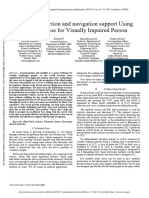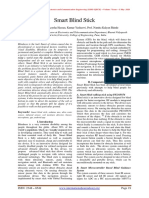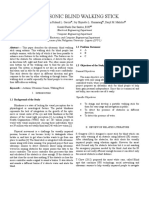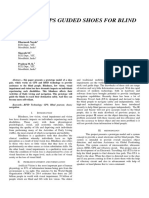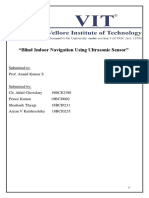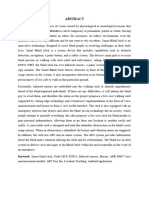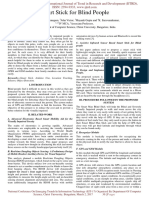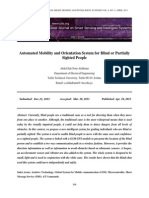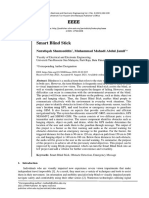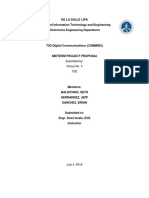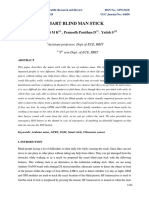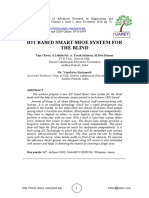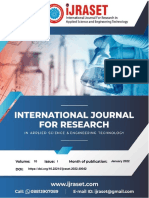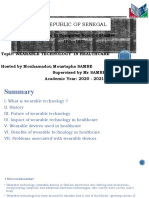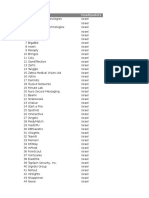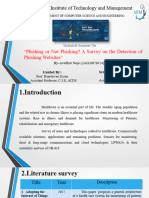0% found this document useful (0 votes)
28 views5 pagesIJCRT2204108
The document discusses the development of an IoT-based smart shoe designed to assist visually impaired individuals by detecting obstacles using ultrasonic sensors and providing alerts through a buzzer. It incorporates GPS and GSM modules for location tracking and can monitor the user's heart rate and distance traveled. The smart shoe aims to enhance the independence of blind users by enabling safer navigation in their environment.
Uploaded by
muhammadali.s2442Copyright
© © All Rights Reserved
We take content rights seriously. If you suspect this is your content, claim it here.
Available Formats
Download as PDF, TXT or read online on Scribd
0% found this document useful (0 votes)
28 views5 pagesIJCRT2204108
The document discusses the development of an IoT-based smart shoe designed to assist visually impaired individuals by detecting obstacles using ultrasonic sensors and providing alerts through a buzzer. It incorporates GPS and GSM modules for location tracking and can monitor the user's heart rate and distance traveled. The smart shoe aims to enhance the independence of blind users by enabling safer navigation in their environment.
Uploaded by
muhammadali.s2442Copyright
© © All Rights Reserved
We take content rights seriously. If you suspect this is your content, claim it here.
Available Formats
Download as PDF, TXT or read online on Scribd
/ 5

